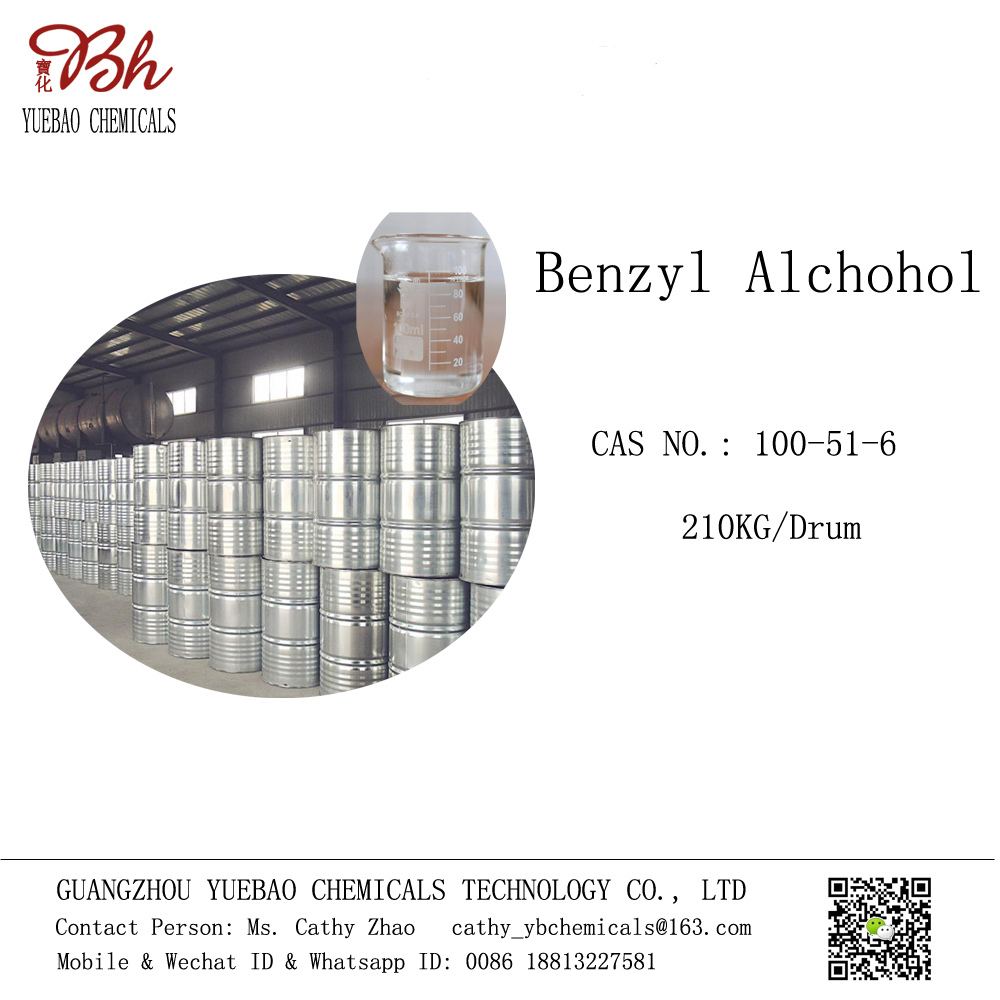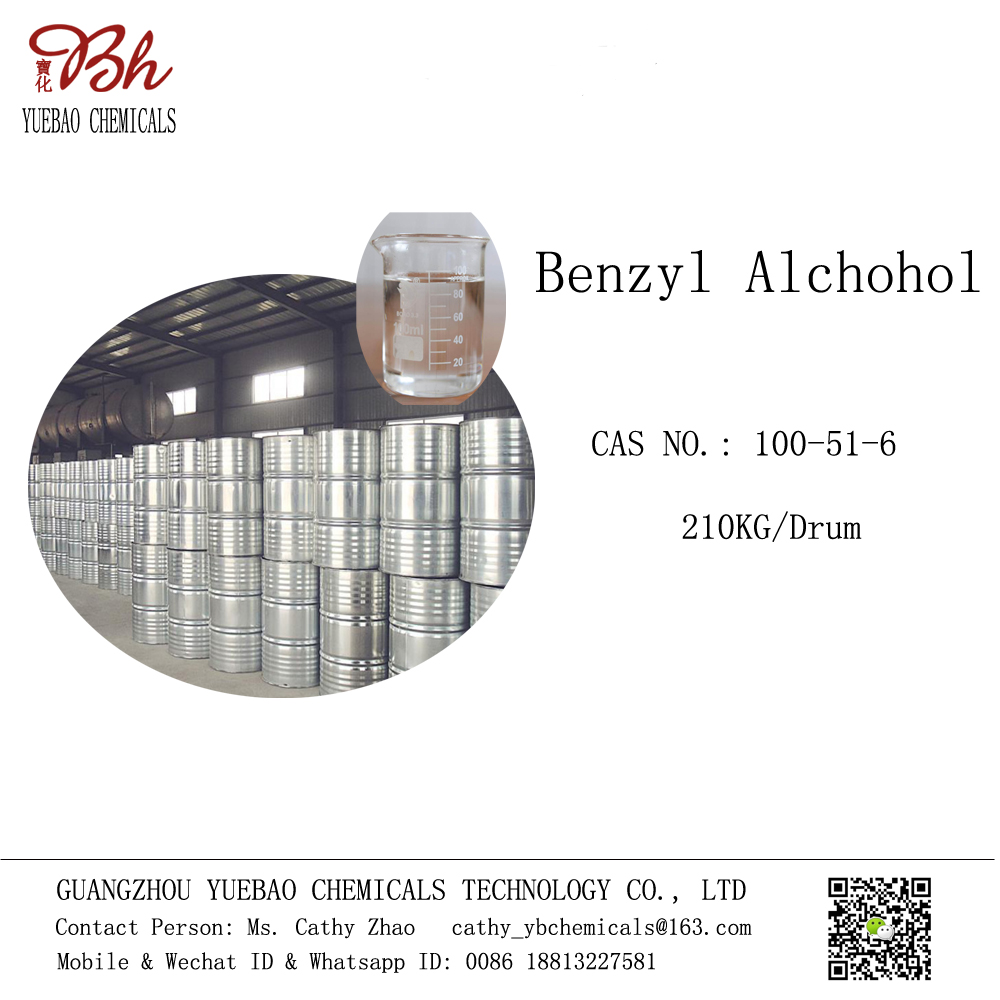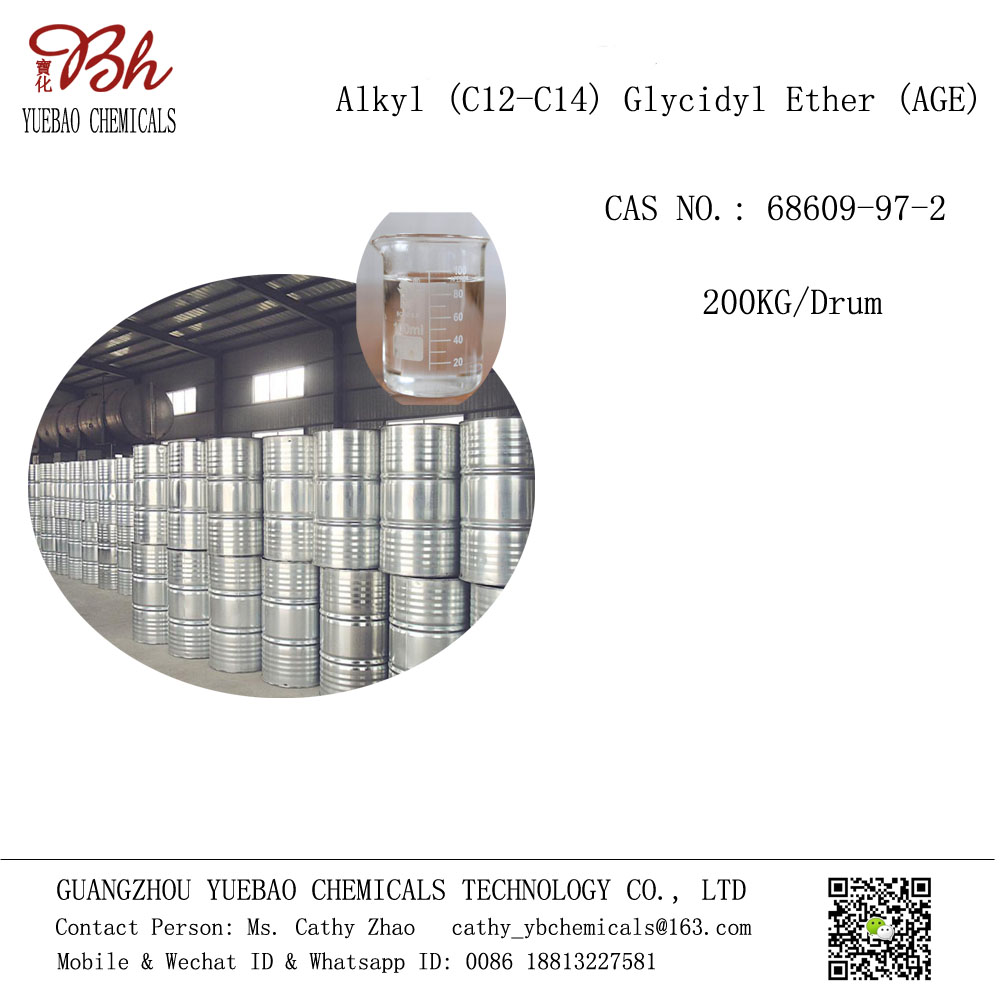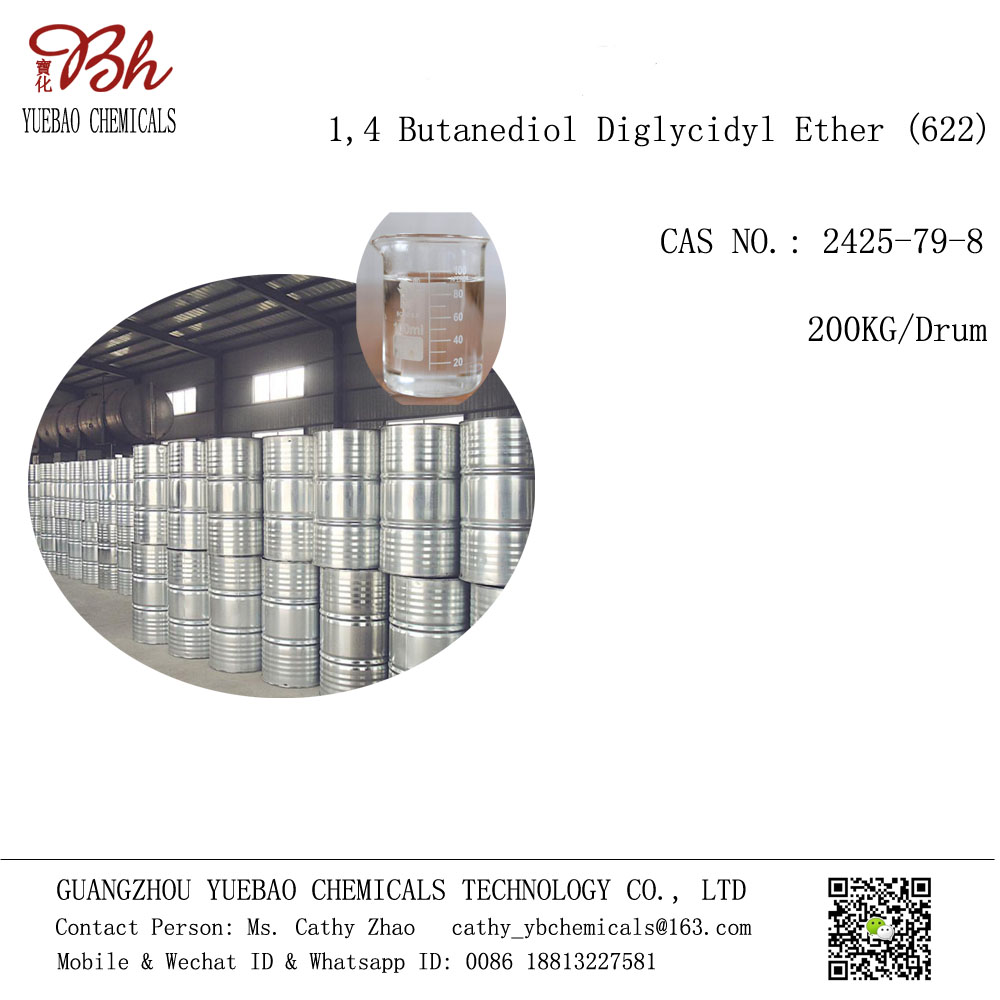What are the characteristic reactions of tertiary amines?
Back to listSource: Release date:[2017-09-01 13:37:00] | Add to Favorites
Non-aromatic tertiary amines such as trimethylamine have stronger activity than aromatic tertiary amines (dimethylaniline). Because the benzene ring is an electron-withdrawing group and the alkyl group is an electron-donating group, in this case the benzene ring in dimethylaniline will attract N electrons, which will reduce the negative charge density of the nitrogen atom and lower its activity; instead of tertiary aromatic amines For example, trimethylamine does not have electron withdrawing groups, and the negative charge density on N is greater, so it is more active. There is another reason that the volume of the benzene ring is larger than that of the methyl group, which makes it difficult for dimethylaniline to get close to the reactants due to the hindrance of the benzene ring. The three methyl groups in trimethylamine have a small volume, which makes the reactants easy to access. And react.
In short, as long as there are three alkyl groups attached to the N atom, they are similar to trimethylamine; they are non-aromatic tertiary amines. Because the benzene ring has the effect of attracting the electron cloud of N atoms, the electron cloud density of N decreases, and the volume of the benzene ring is large, so that the aromatic tertiary amine (dimethylaniline) is active but not as good as the non-aromatic tertiary amine such as trimethylamine.
Tertiary amine, also known as "third amine", is a type of organic compound, a type of amine, which can be used for the separation and identification of primary, secondary and tertiary amines.
It is regarded as the product of the three hydrogens of the ammonia molecule being substituted by a hydrocarbon group. Several tertiary amines are alkaline and can form salts with acids. The tertiary amines are named after the substitution products of the primary amines.
For example: N,N-dipropyl-1-propylamine, N,N-dimethylaniline. The Hisberg reaction of tertiary amines has no reaction. This method can be used to separate tertiary amines from primary and secondary amines.
Next:National Day photos of 4 days Guizhou Tour Previous:Epoxy floor paint construction process
【Recommend News】
- 2021.11.24DIMETHYLAMINOPROPYLAMINE (DMAPA) MARKET - GROWTH, TRENDS, COVID-19 IMPACT, AND F
- 2021.11.02TEAM
- 2021.11.02CORPORATE CULTURE
- 2017.12.05Specifications and uses of 1631 emulsifier
- 2017.11.30Application fields of 1816 tertiary amine






